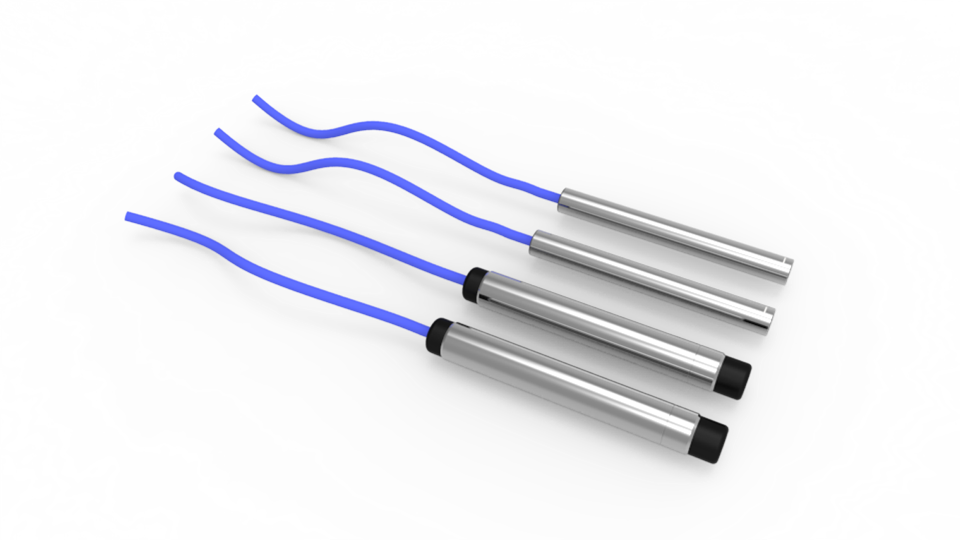FAQ#033 – I have received the calibration Report of a piezometer. There is not the K Thermal Factor noted. In which way may I proceed?
If the value is not indicated in the Calibration Report, you should use this formula: K = -1 digit/°C For each degree of increase of temperature you should reduce 1 digit.
FAQ#019 – Which is the difference between HAE (high-air entry) and LAE (low-air entry) filters?
HAE (High air entry) filters are normally used to monitor pore pressure in the clay core dams and saturated low permeability soils. “High air entry” means high-resistance to air entry when the filter is saturated. The surface tension of the water in the very fine porus of the filter prevents entry of air. The HAE […]
FAQ#018 – What kind of overvoltage protection is built in the vibrating wire piezometers?
A plasma surge arrestor is wired in parallel with the coil (which is used to pluck the wire). The nominal impulse discharge current 8-20 microsec interval is 10 KA. Impulse spark-over voltage at 1Kv/ microsec: 700 V.
FAQ#016 – Are the vibrating wire piezometers equipped with temperature sensors, or is the temperature sensor an option?
Yes, each vibrating wire piezometer, as every Sisgeo vibrating wire instrument, is equipped with a built-in NTC thermistor YSI 44005 type (3000 Ohm at 25°C). Thermistor is not a option for vibrating wire instruments and therefore there is not additional cost for it.
Chuquicamata Mine (Codelco), Chile

Chuquicamata is an opencast copper mine, where a relatively poor copper ore is mined in impressive huge amounts. Modern mining and smelting technology allows the usage of such depostits at unrivaled low costs. The ore contains only between 1,13% and 1,18% metals, most of it copper, but also molybdenum and selenium in a very low […]
Schwingsaiten- und Mehrfachpiezometer

Schwingsaiten- und Mehrfachpiezometer Codes der Referenzprodukte: PK45S, PK45A, PK45H, PK20A, PK20S Schwingsaiten-Piezometer sind Absolutdrucksensoren und dienen der Messung von Porenwasserdrücken und Wasserständen. Mögliche Anwendungen dieser Sensoren sind die Messung von Porenwasserdrücken in siltigen, tonigen Böden, die Messung geohydraulischer Kennwerte unterhalb von Talsperren, bei Baugruben, in und unterhalb von Deponien, Gebieten wo Hangrutschungen und Felsrutschungen auftreten […]
